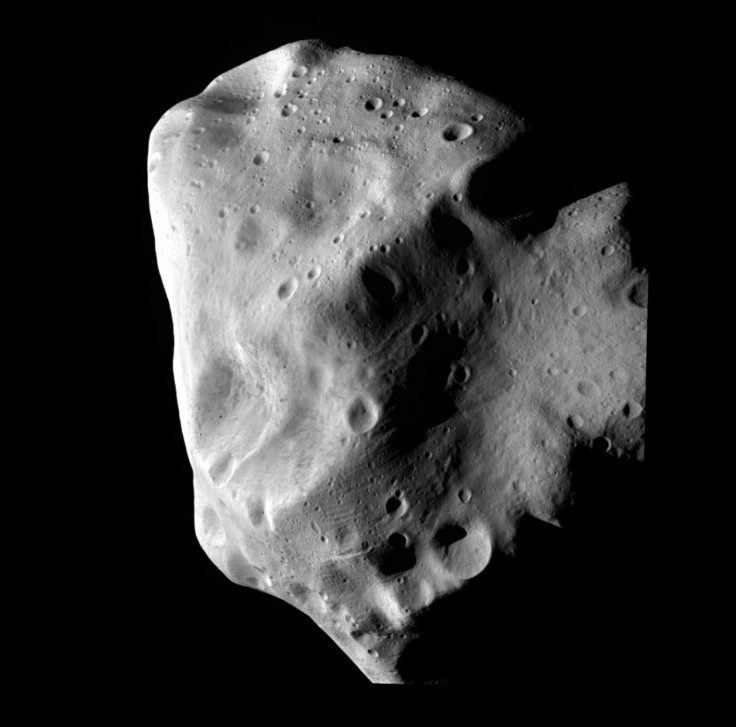Asteroid 21 Lutetia Revealed as Probably a Protoplanet

Ongoing analysis of information gathered by the European Space Association's Rosetta orbiter suggests that a 75-mile-long, 47-mile-wide body named 21 Lutetia, formerly thought to be an asteroid, may actually be a dwarf planet, or protoplanet, leftover from the violent interactions during the early days of our solar system.
Lutetia is currently circling the Sun in the main asteroid belt, a vast gauntlet of asteroids, meteoroids, and debris separating the inner solar system from Jupiter and the planets beyond. Though vast, the distribution of bodies throughout the asteroid belt is so sparse that it is estimated that the collective mass of all matter within it amounts to less than one-thousandth of that of Earth. Most of the asteroids found within the belt are pieces that have broken off of larger bodies as those bodies underwent titanic collisions with other bodies on their ways to becoming planets.
What makes 21 Lutetia different is that, unlike other pieces of space rubble, it seems to possess what is probably an extremely dense core similar to that of other protoplanetary bodies.
The relevant data was gathered when Rosetta passed in close proximity to Lutetia in July 2010 on its way to the comet 67P/Churyumov-Gerasimenko, its arrival at which is scheduled for 2014. As the orbiter passed Lutetia, it assessed the amount of gravitational force the asteroid was imposing upon it, which in turn led to an estimation that the asteroid's mass amounts to approximately 1.7 million billion tons. When calculated against its volume, this means that Lutetia has a density of 3400 kg per cubic meter - one of the highest of any of the asteroids currently documented.
While the remarkable density suggests that Lutetia contains significant quantities of iron, photos of Lutetia's surface offer evidence that it does not possess a fully formed core. "To form an iron core, Lutetia would have had to melt as a result of heat released by radioactive isotopes in its rocks. The dense iron would then sink to the centre and the rocky material would float to the top," says the ESA.
According to the agency, images from the OSIRIS camera aboard Rosetta reveal that Lutetia's surface composition does not display any of the rocky material typically formed during a molten phase, suggesting that though some initial heating occurred, Lutetia cooled off before it was able to fully develop a true iron core.
It is widely assumed that the original protoplanets were little more than orbiting bodies that collided with one another again and again until they had essentially ousted all other competing bodies from their vicinity, either through absorbing them or destroying them in collisions. Further research into bodies such as Lutetia will give researchers significant insight into the processes that may have been occurring during the period in which Earth was beginning to form.
© Copyright IBTimes 2024. All rights reserved.











